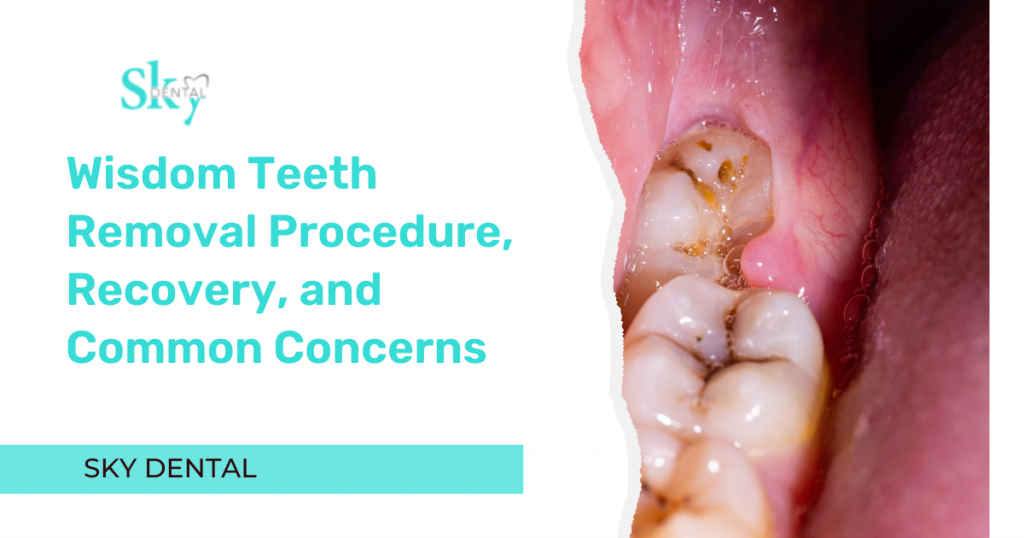Wisdom teeth, also known as third molars, typically begin to emerge in the late teens or early twenties. While they can be a valuable asset to the mouth when healthy and properly aligned, wisdom teeth often require removal due to various issues that can arise. In this article, we will delve into the procedure of wisdom teeth removal, the recovery process, and address some common concerns associated with this dental intervention.
The Wisdom Teeth Removal Procedure
Wisdom teeth removal is a routine dental procedure performed by oral surgeons or dentists. It is usually recommended when the wisdom teeth become impacted or cause problems like pain, infection, or misalignment. The procedure is carried out under local or general anesthesia, ensuring the patient’s comfort throughout.
During the surgery, the dentist or oral surgeon makes an incision in the gum tissue to access the impacted tooth. In some cases, a portion of bone might need to be removed to access the tooth. The tooth is then extracted carefully, and the incision is closed with dissolvable sutures. Patients are provided with detailed post-operative instructions to aid in a smooth recovery.
Recovery and Aftercare
The recovery period after wisdom teeth removal varies from person to person but generally spans about a week. Patients might experience some discomfort, swelling, and mild pain immediately after the procedure, which can be managed with prescribed pain medications and cold compresses.
For a successful recovery, it’s crucial to follow the post-operative care guidelines provided by the dental professional. This includes eating soft foods, avoiding straws to prevent dry socket, practicing good oral hygiene with gentle brushing, and attending any scheduled follow-up appointments. By adhering to these instructions, patients can minimize the risk of complications and promote speedy healing.
Common Concerns Addressed
- Pain and Discomfort: Pain and discomfort are common concerns after wisdom teeth removal. However, modern anesthetic techniques and pain management strategies ensure that patients experience minimal pain during and after the procedure. Pain medications are prescribed to alleviate any discomfort during the recovery phase.
- Swelling and Bruising: Swelling and bruising around the jawline and cheeks are typical after the surgery. Applying cold compresses and following the recommended aftercare measures can help reduce swelling and minimize bruising.
- Risk of Infection: There is a slight risk of infection after the procedure, but this can be minimized by following strict oral hygiene practices and taking any prescribed antibiotics as directed.
In conclusion, wisdom teeth removal is a standard dental procedure that aims to address various dental issues associated with third molars. With advancements in dental techniques and patient care, the procedure has become more comfortable and efficient. By following post-operative instructions and seeking guidance from dental professionals, patients can ensure a smooth recovery and maintain their oral health.
Remember, if you’re experiencing discomfort or suspect issues with your wisdom teeth, it’s always best to consult a qualified dental professional who can provide personalized advice and treatment options tailored to your unique situation.


